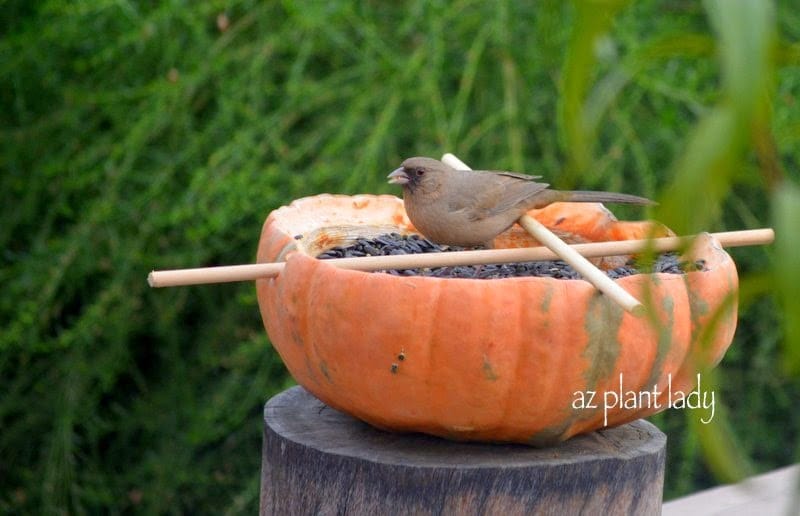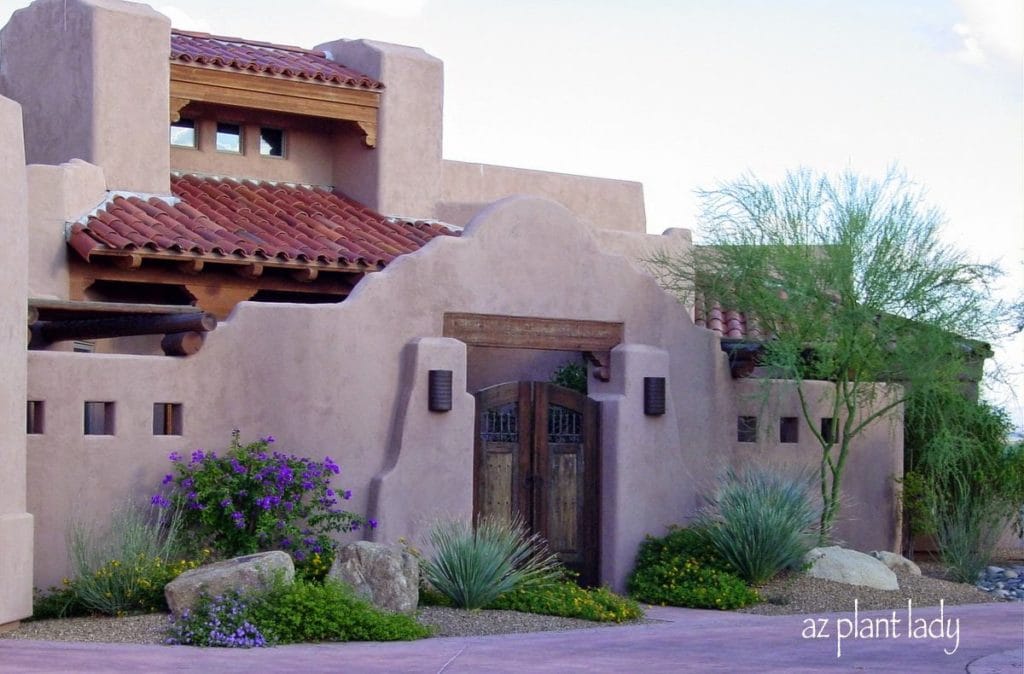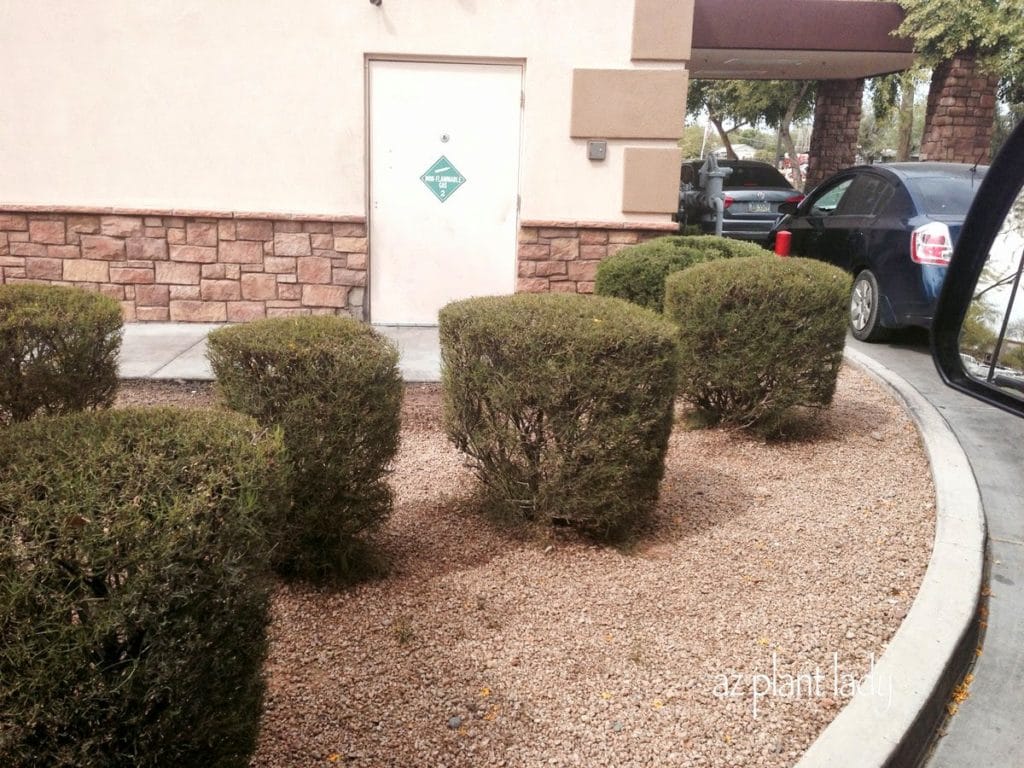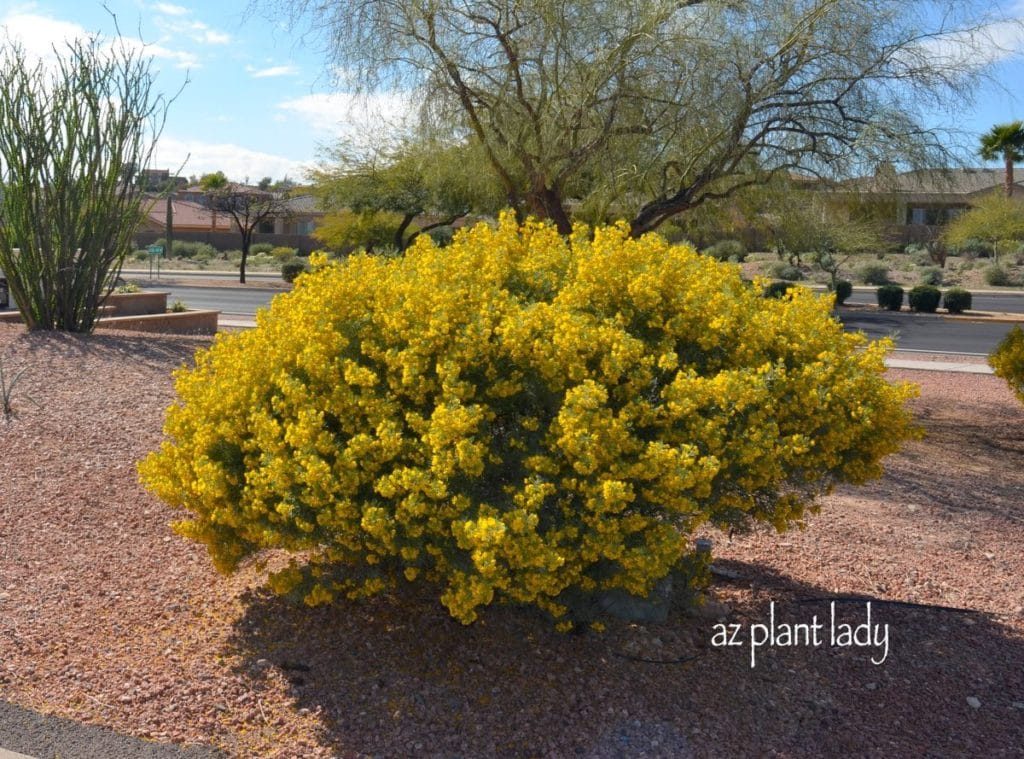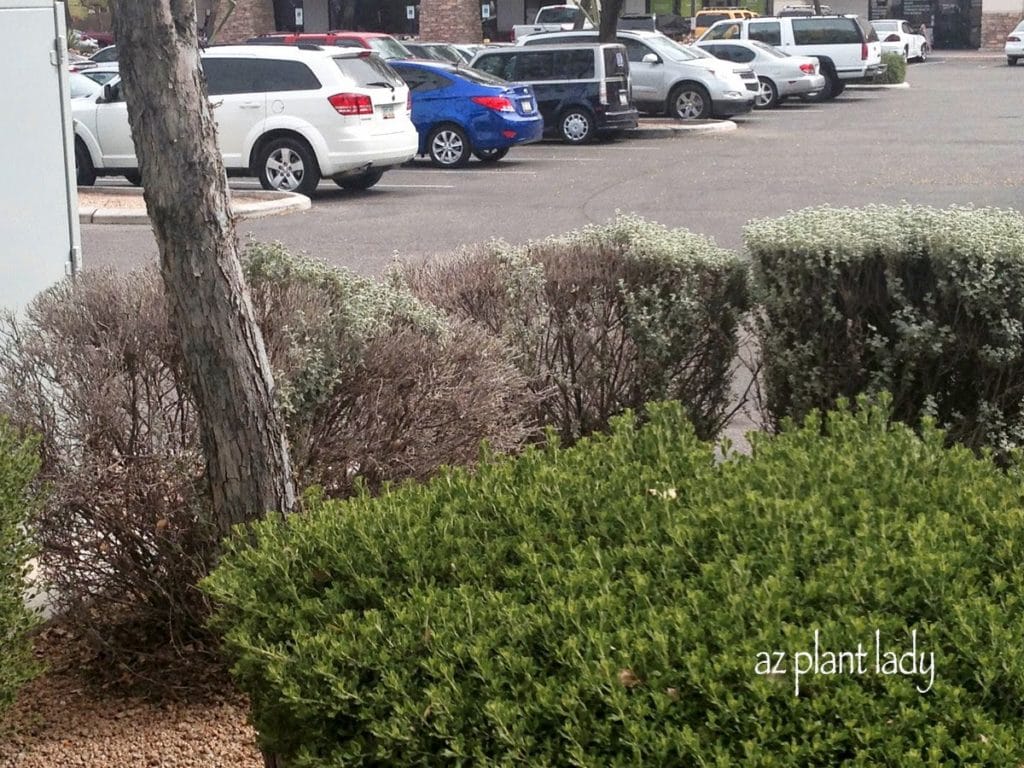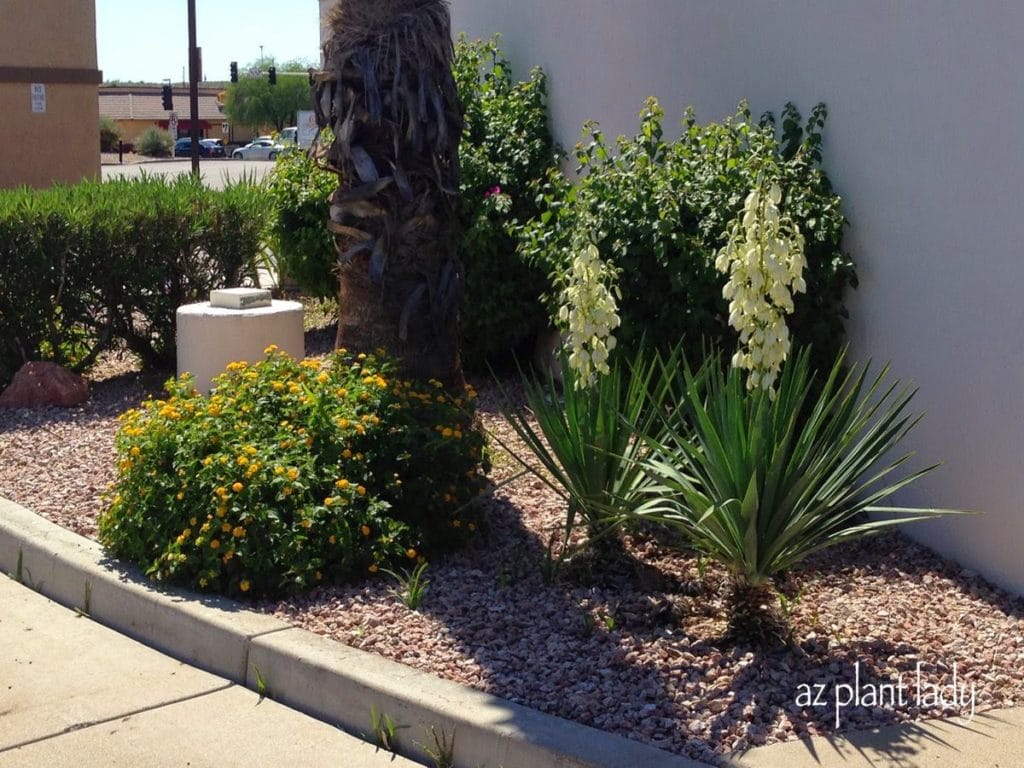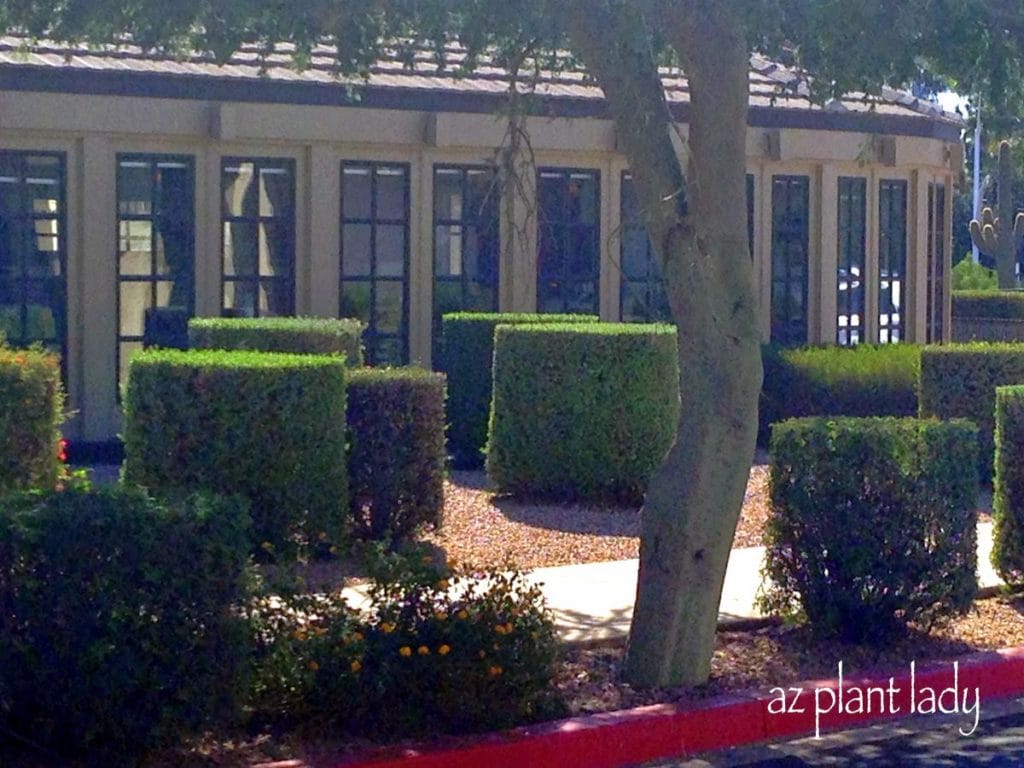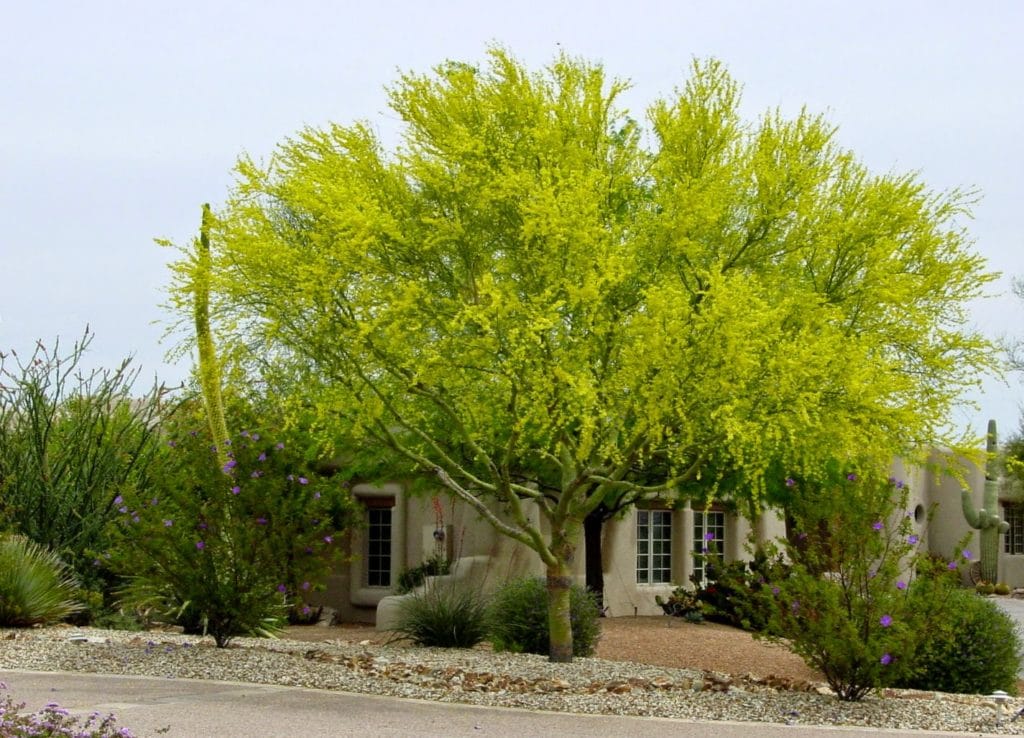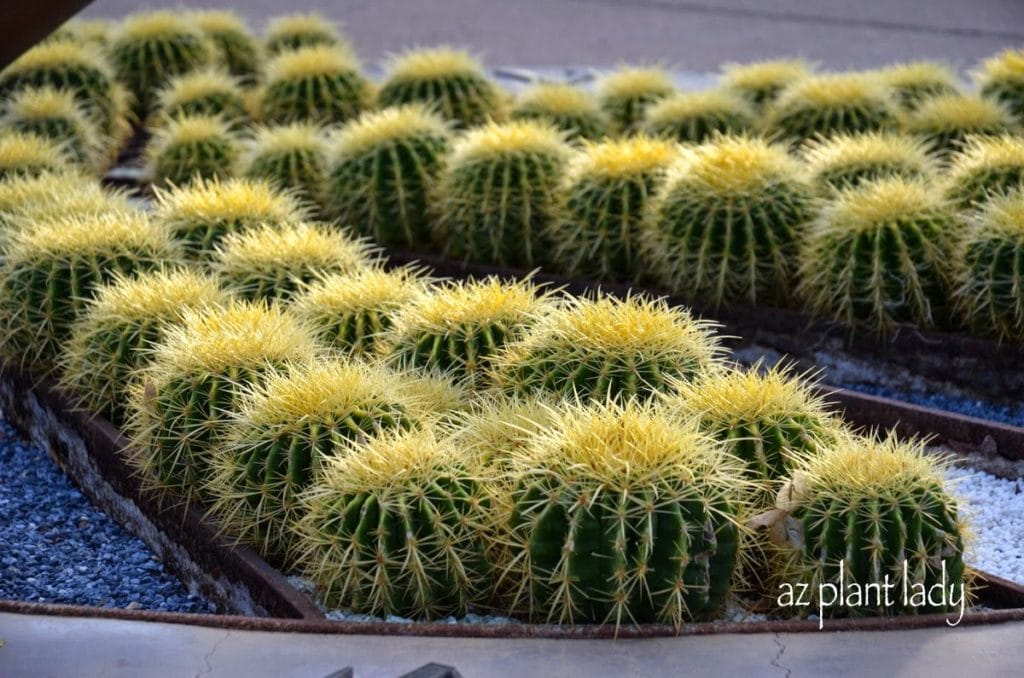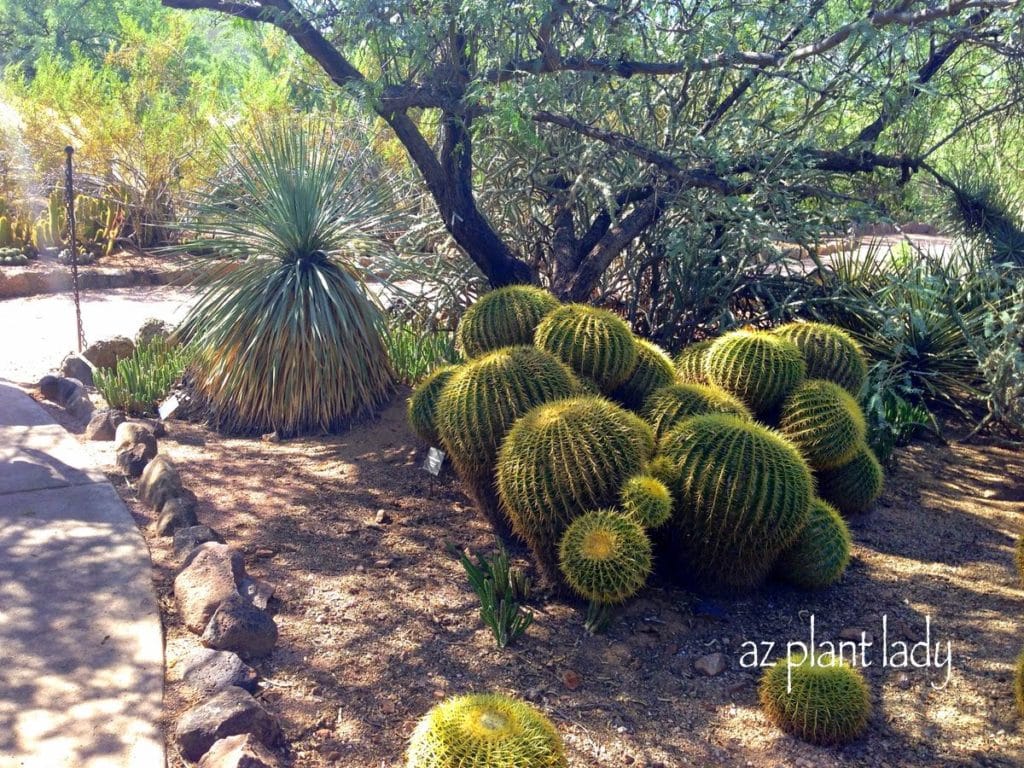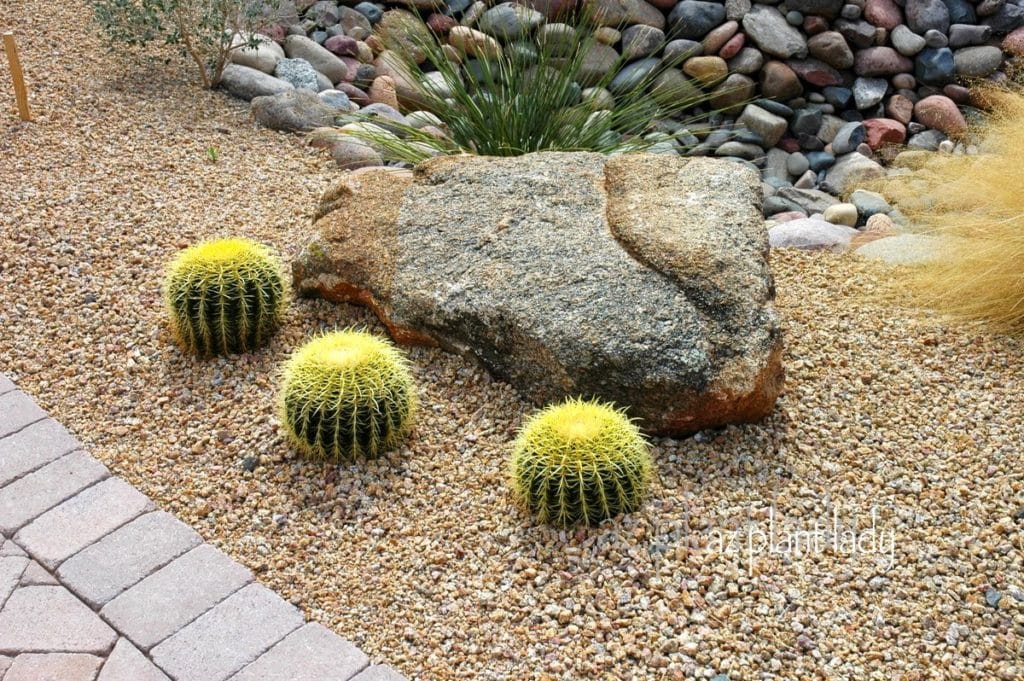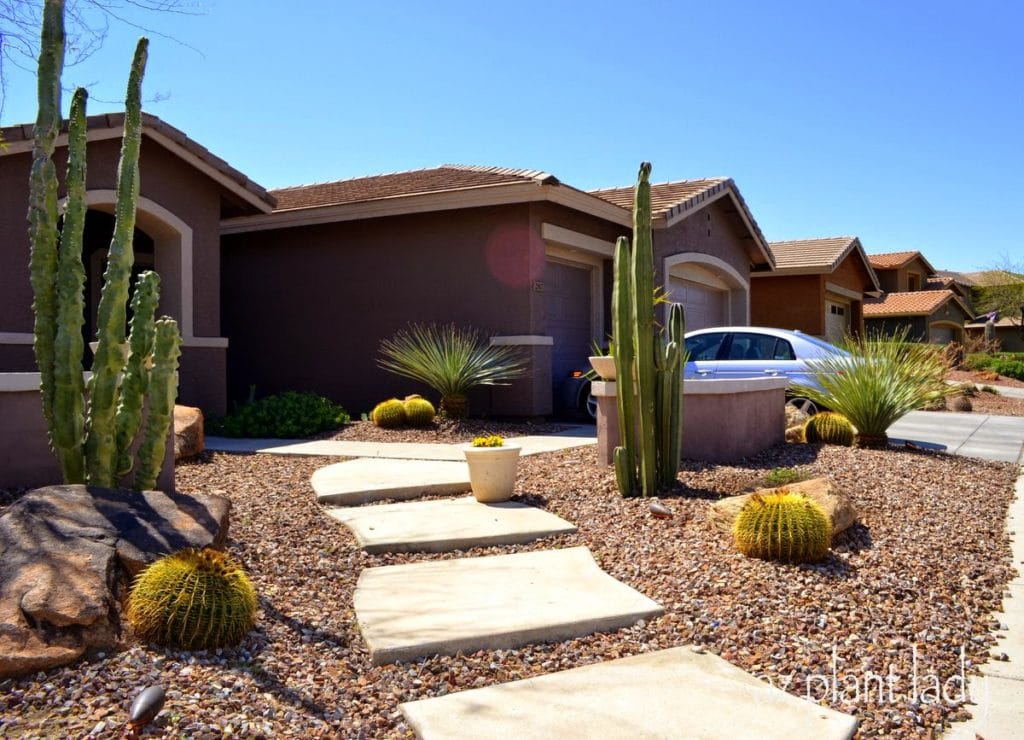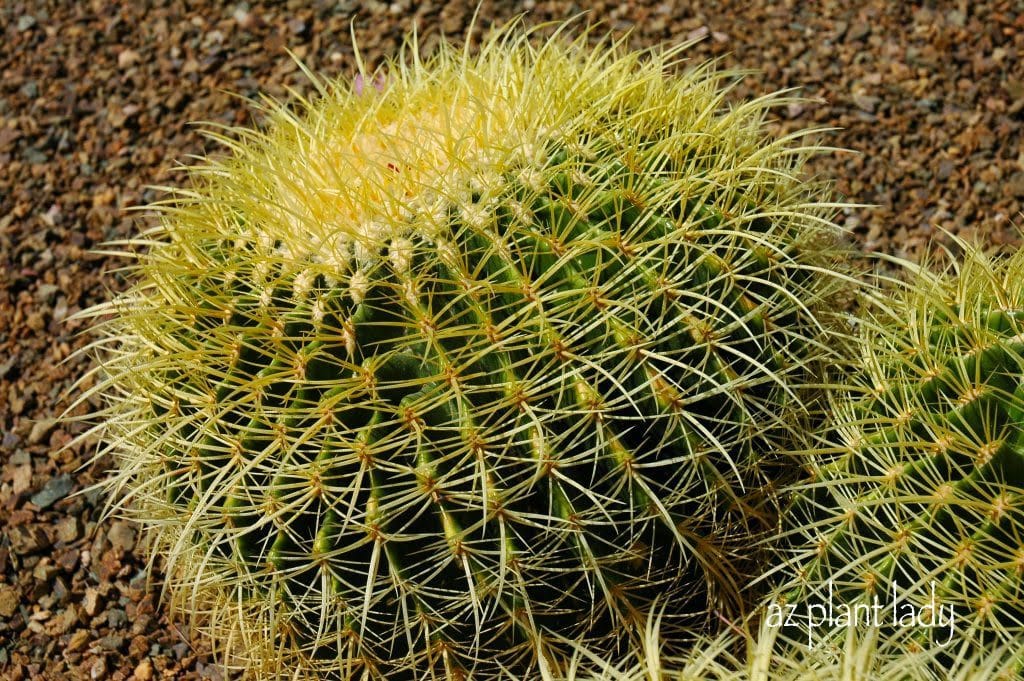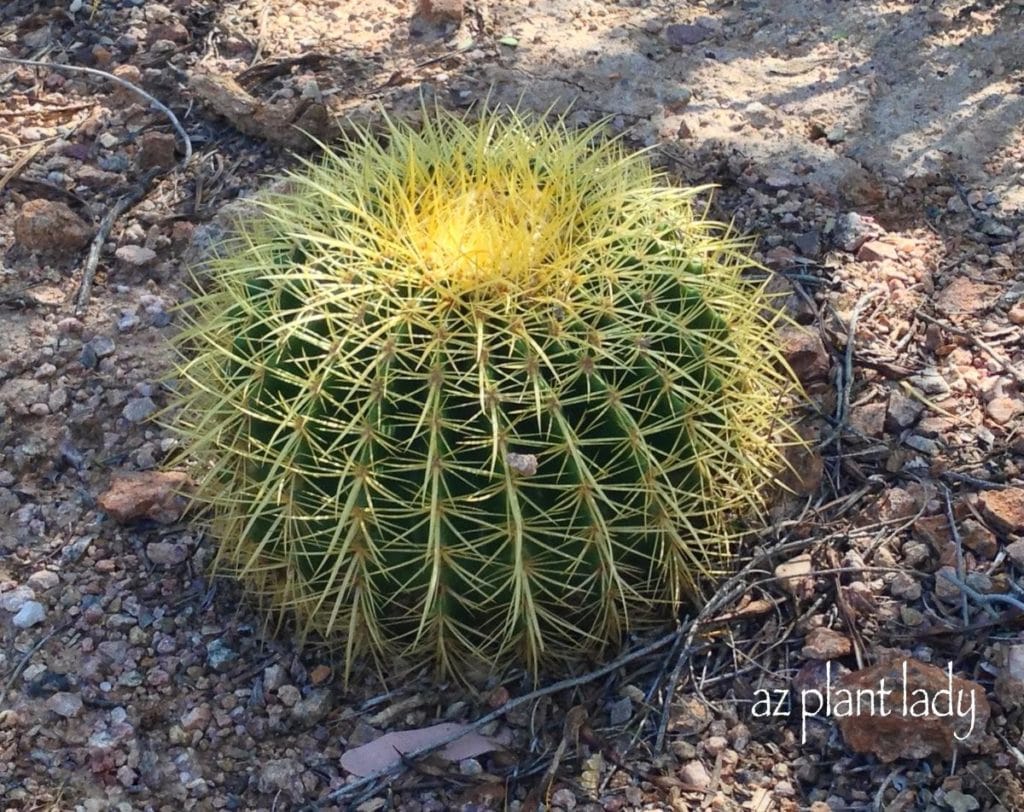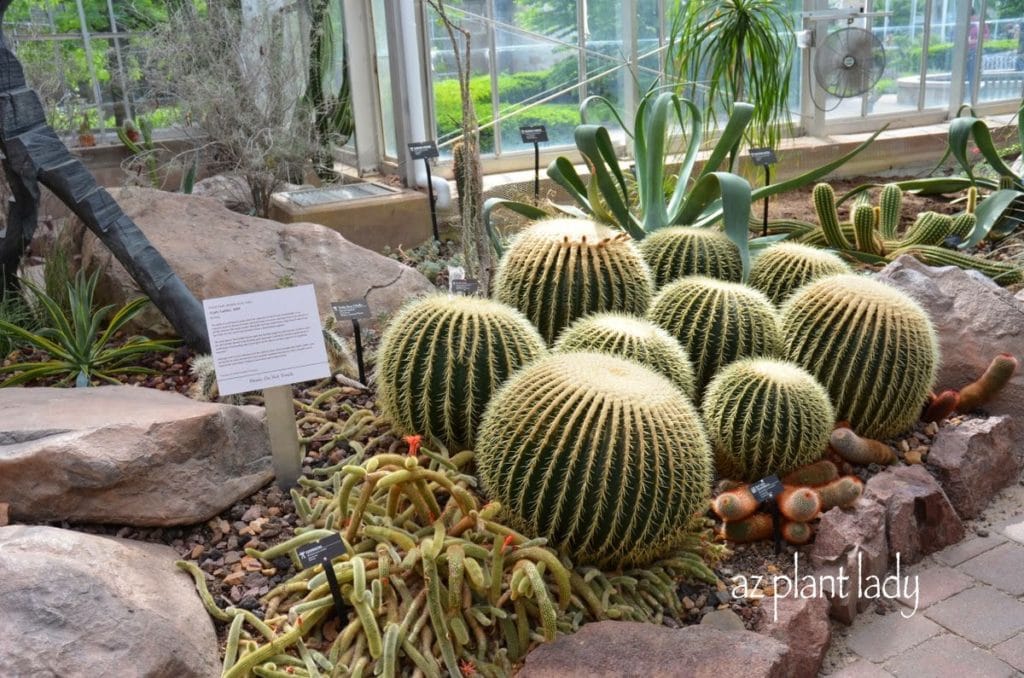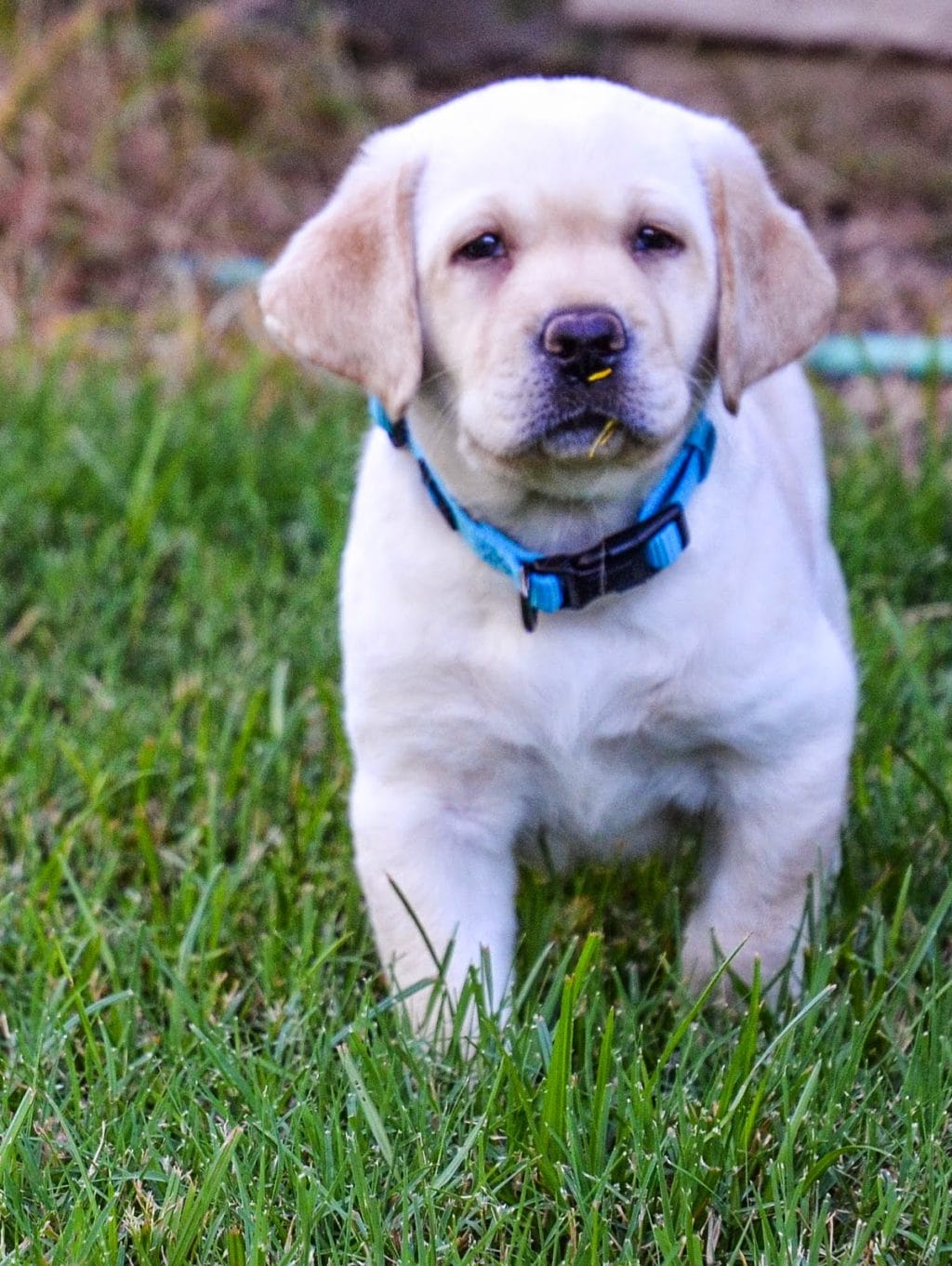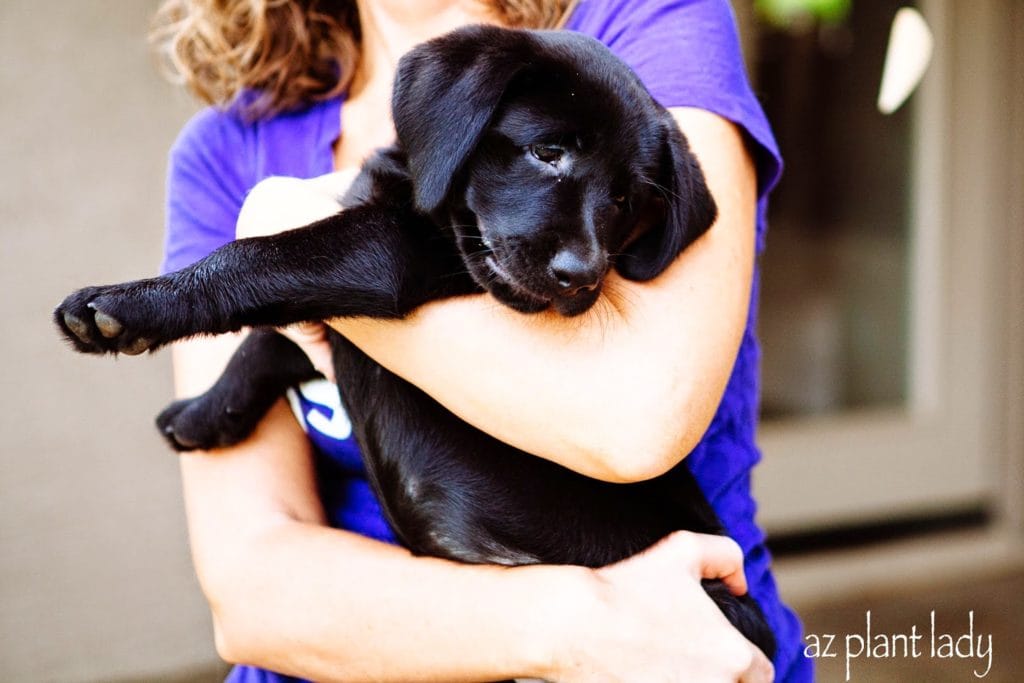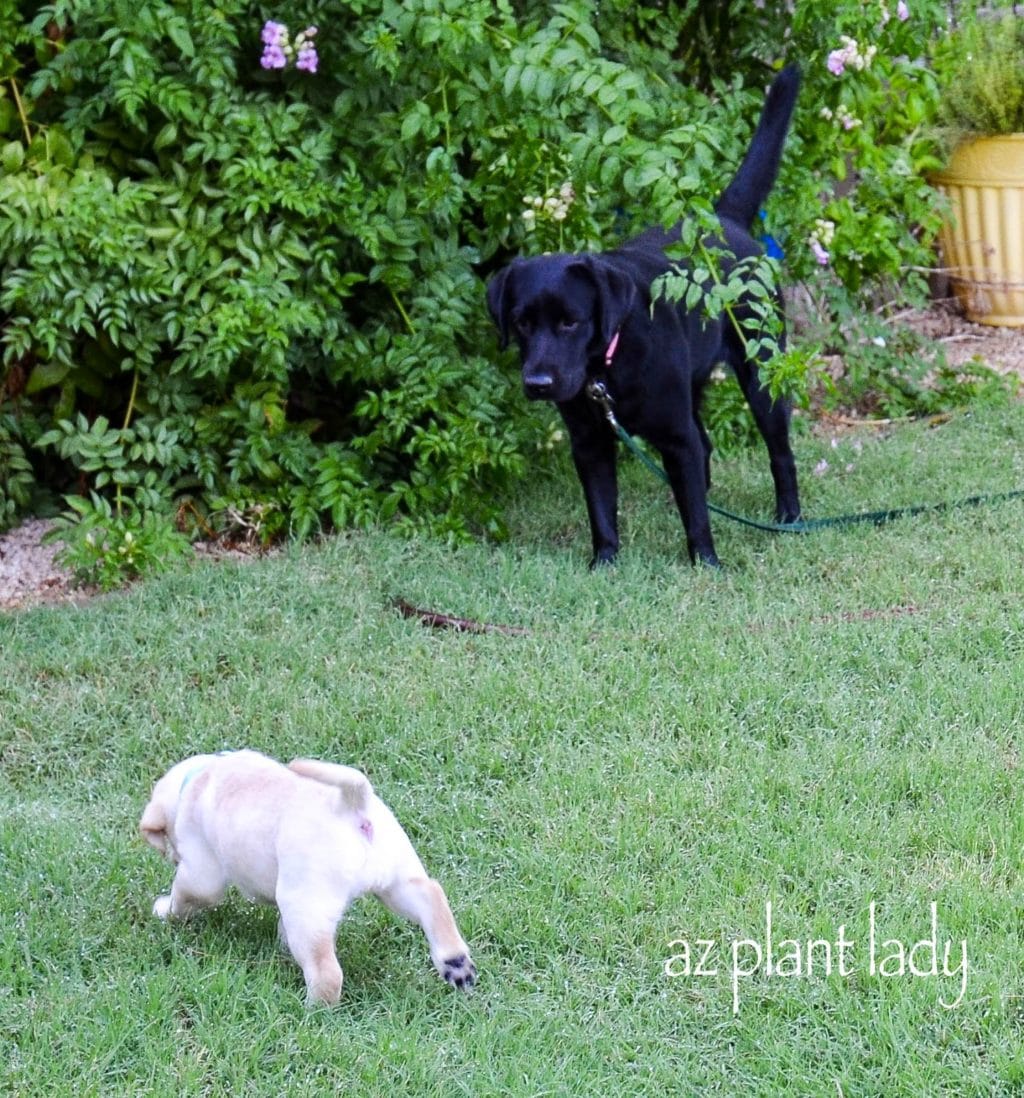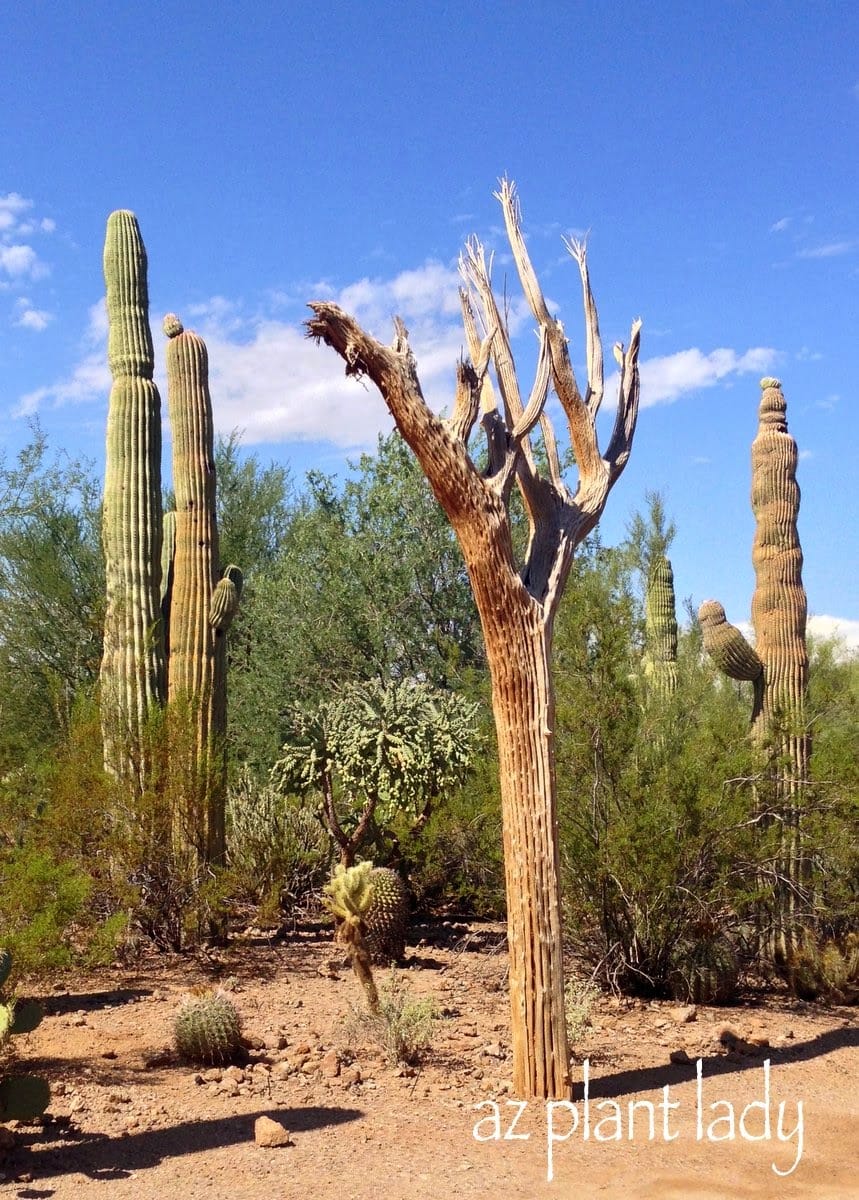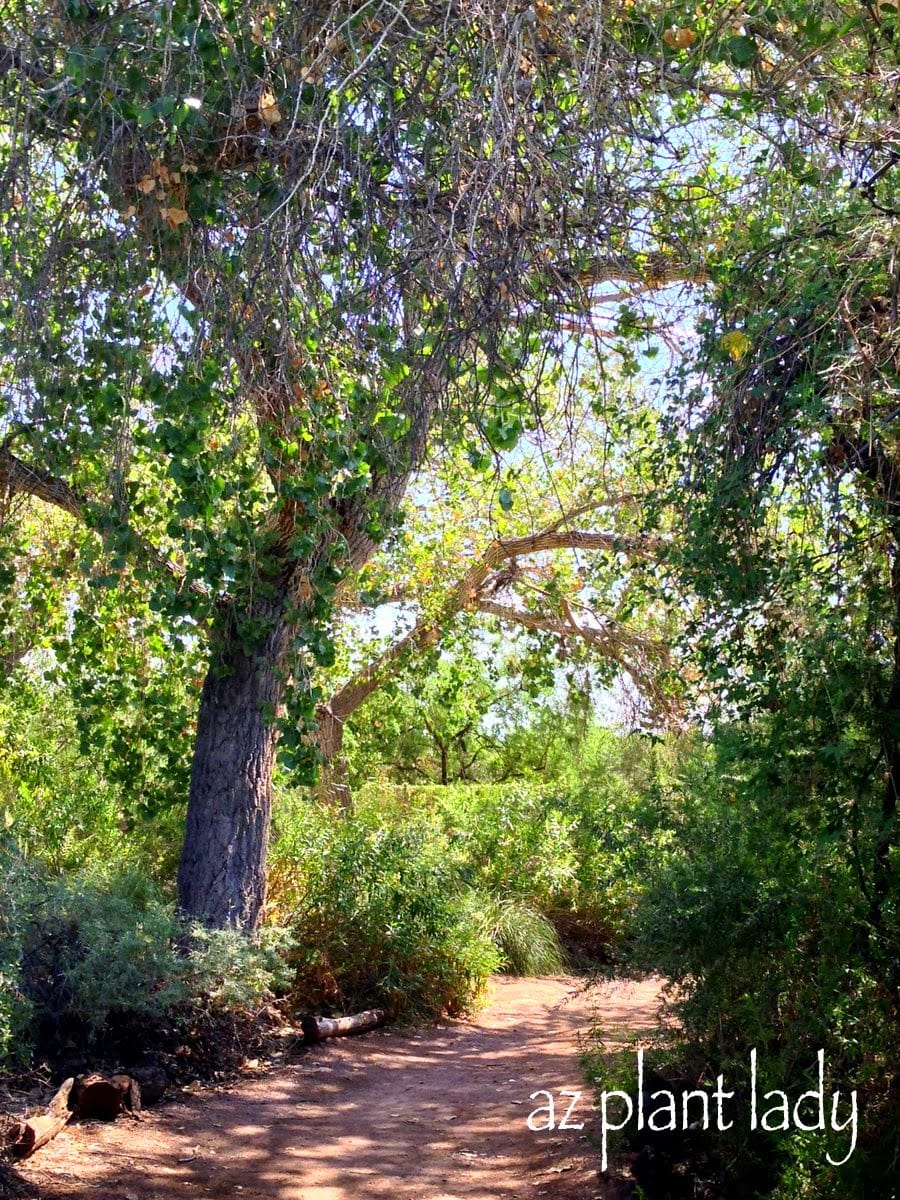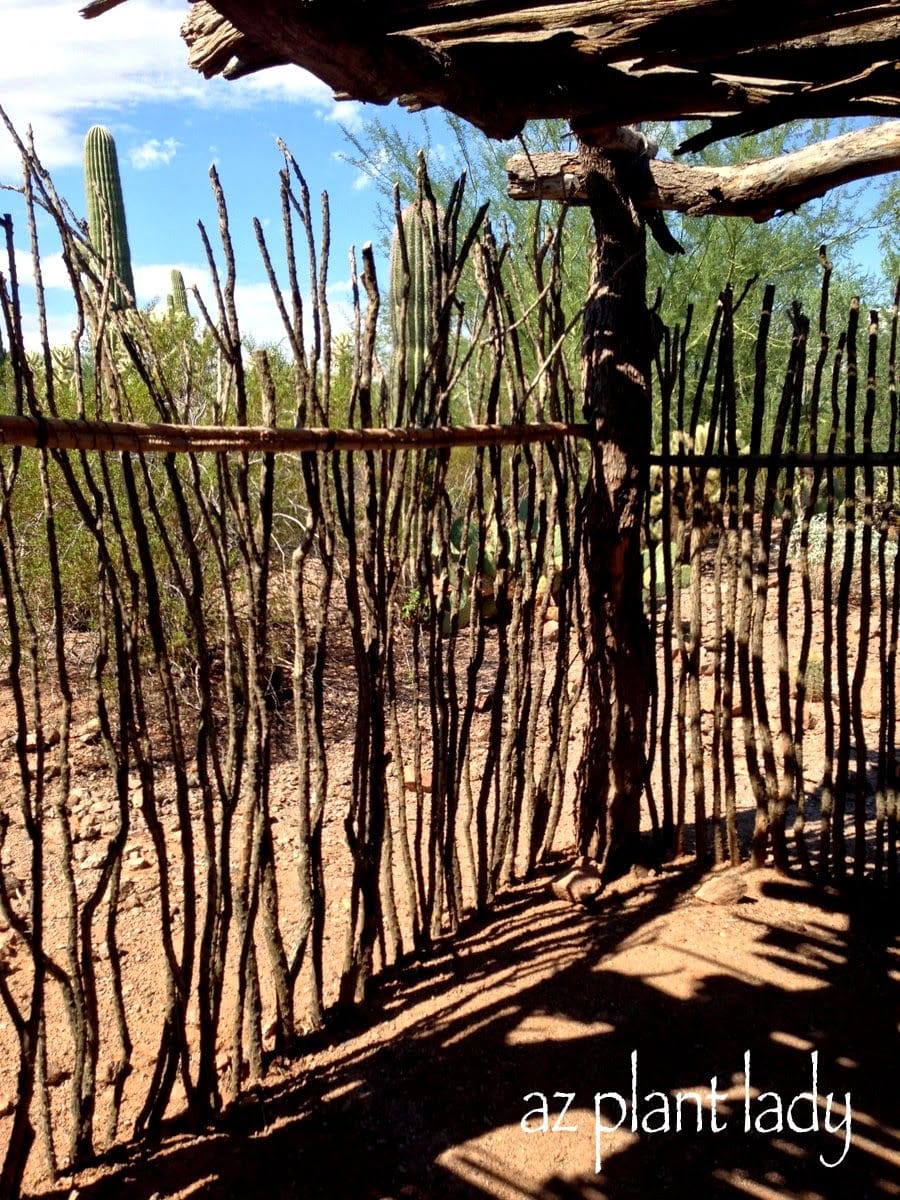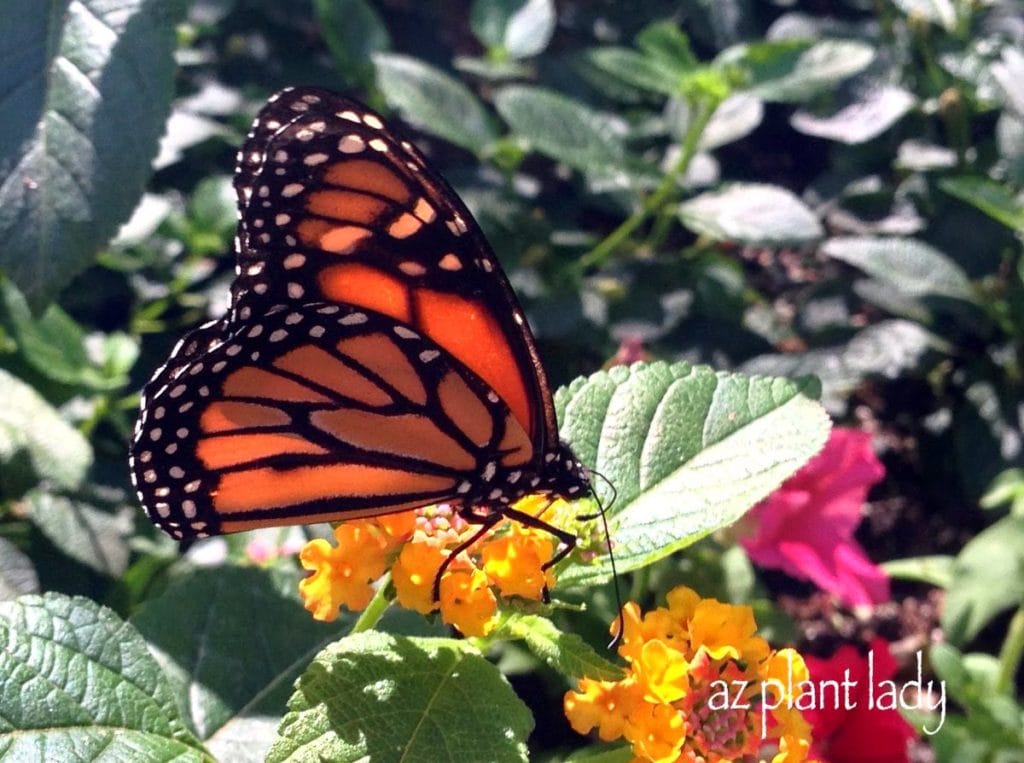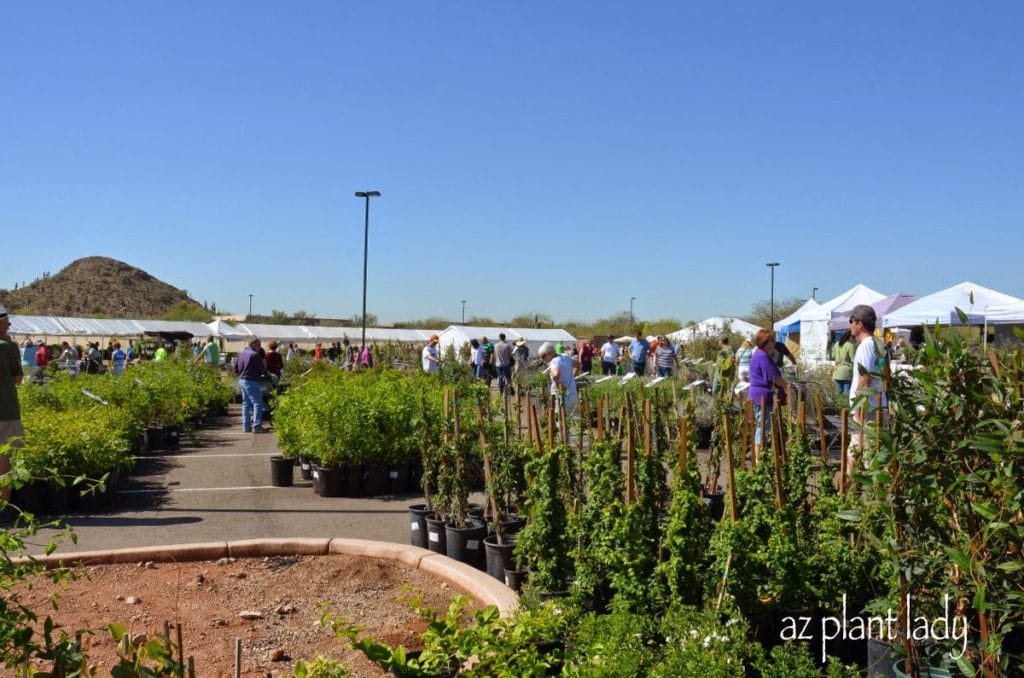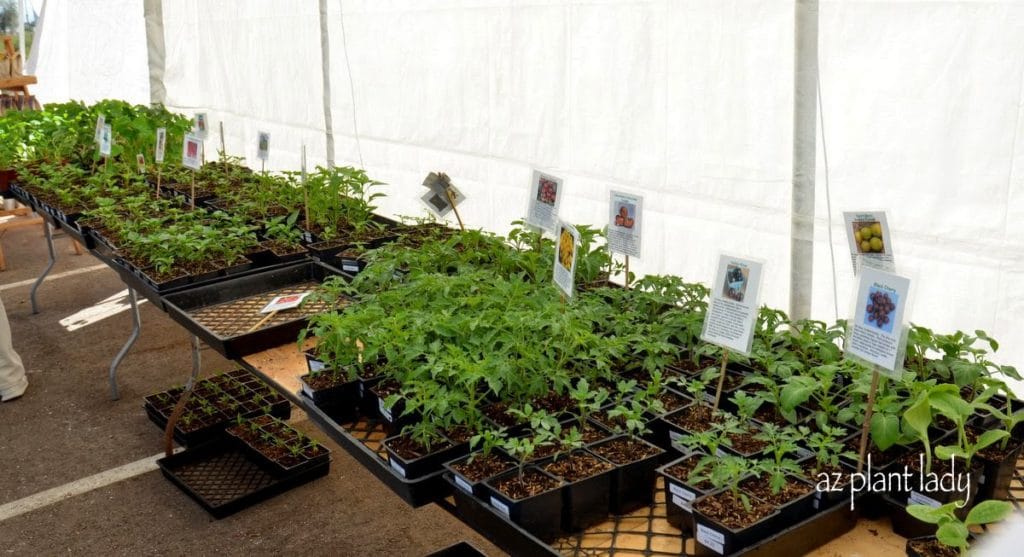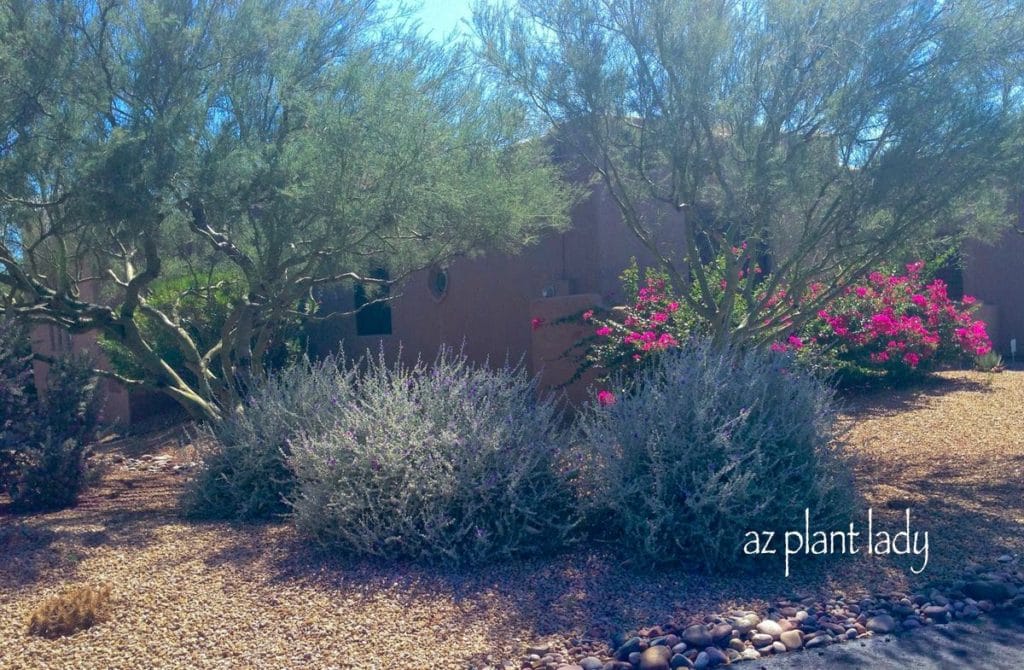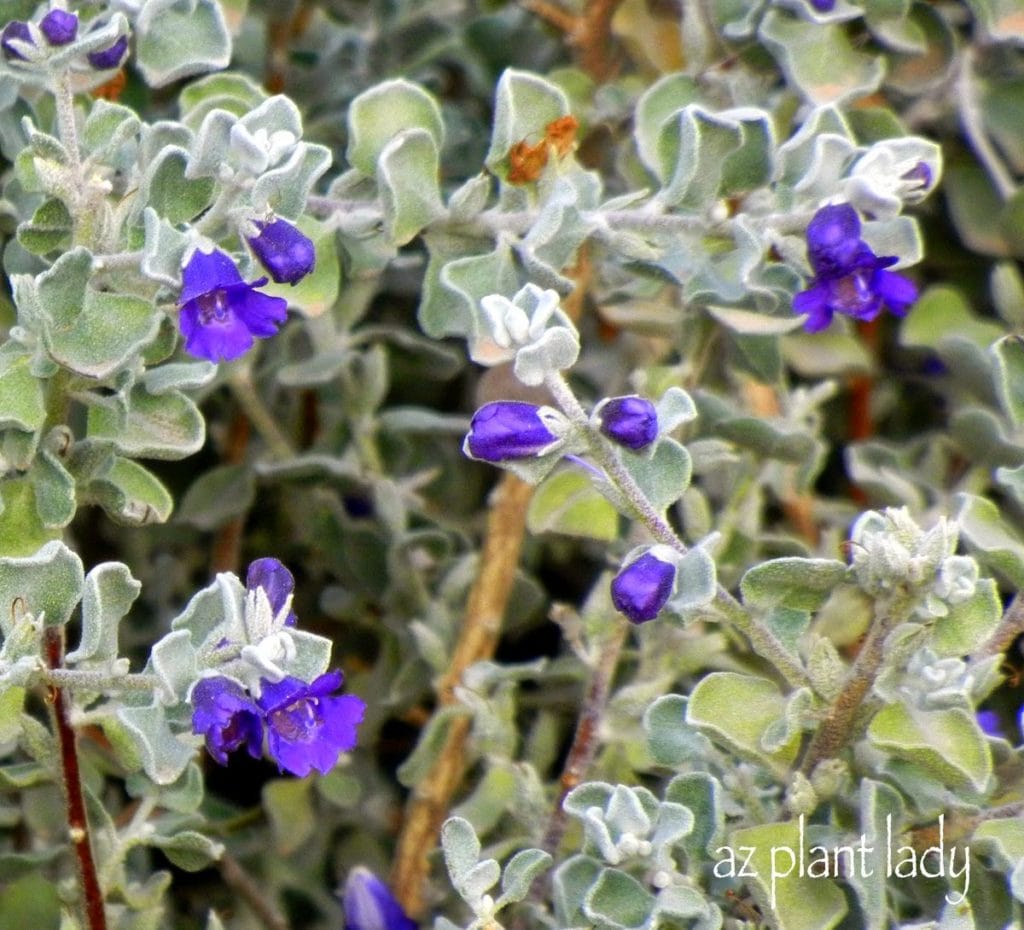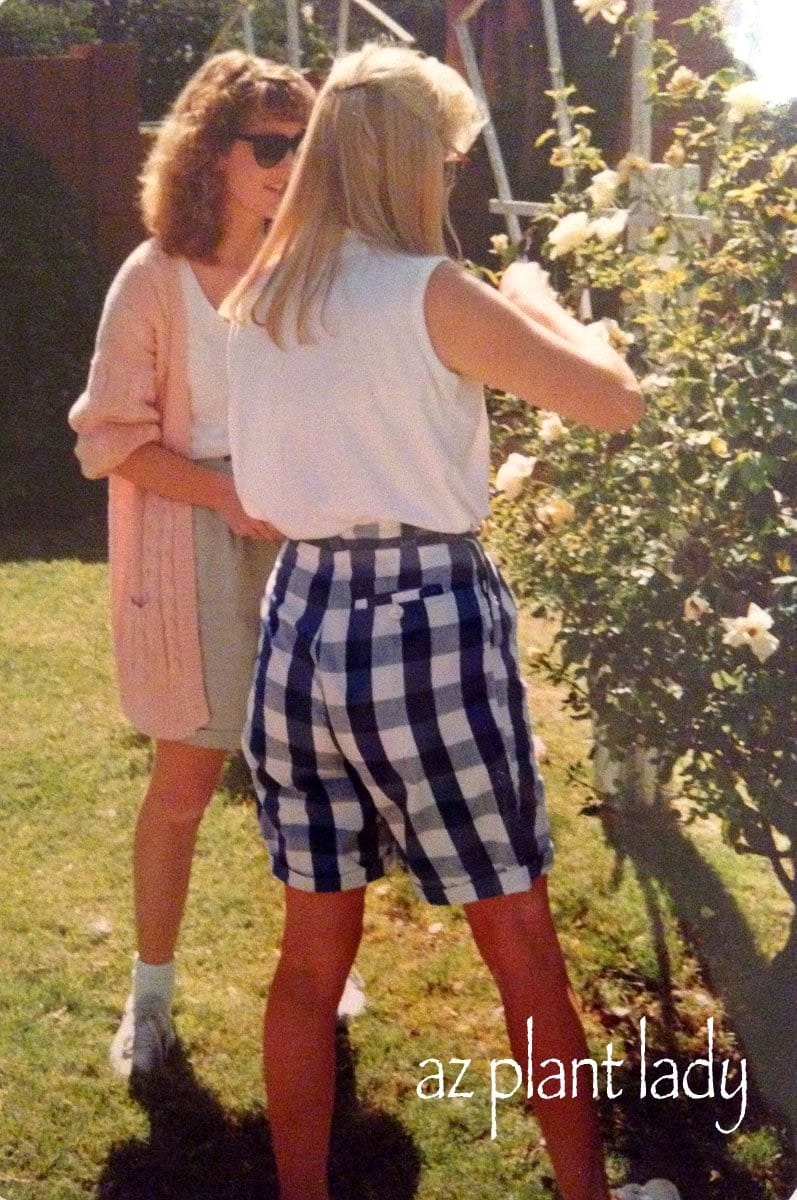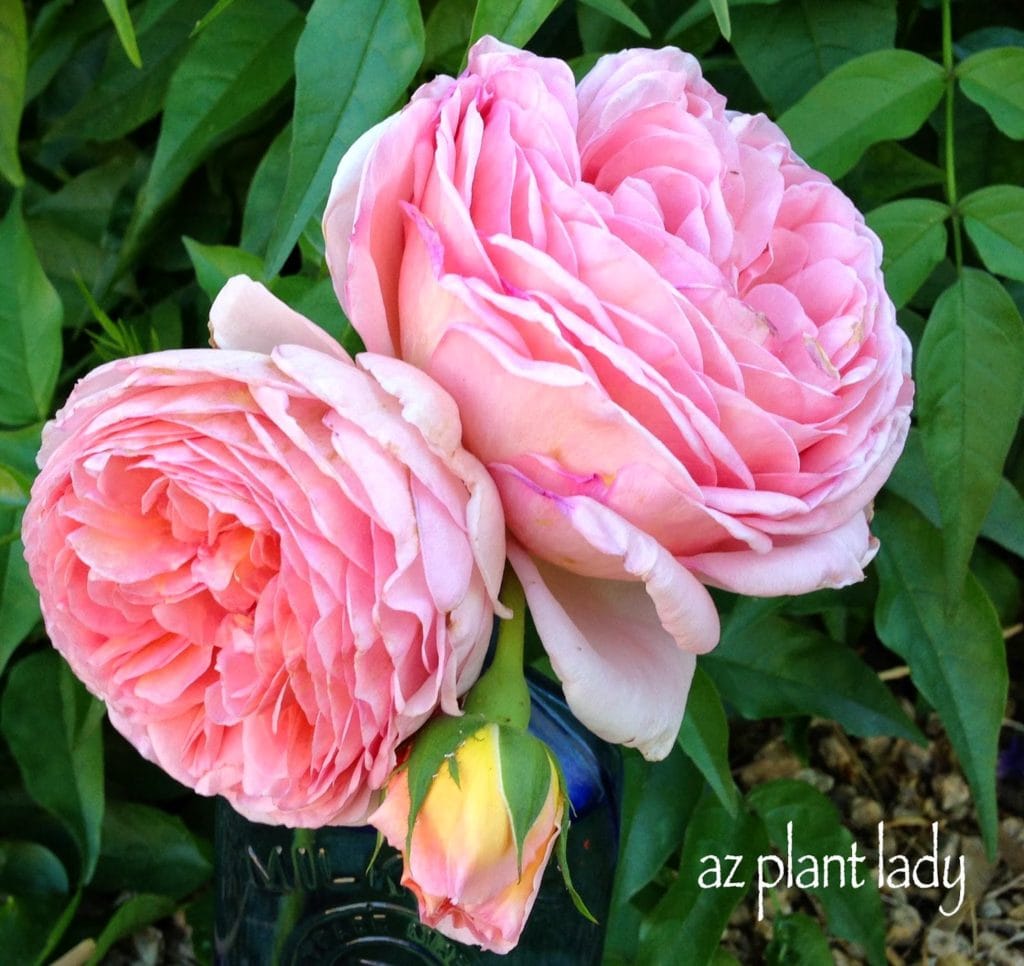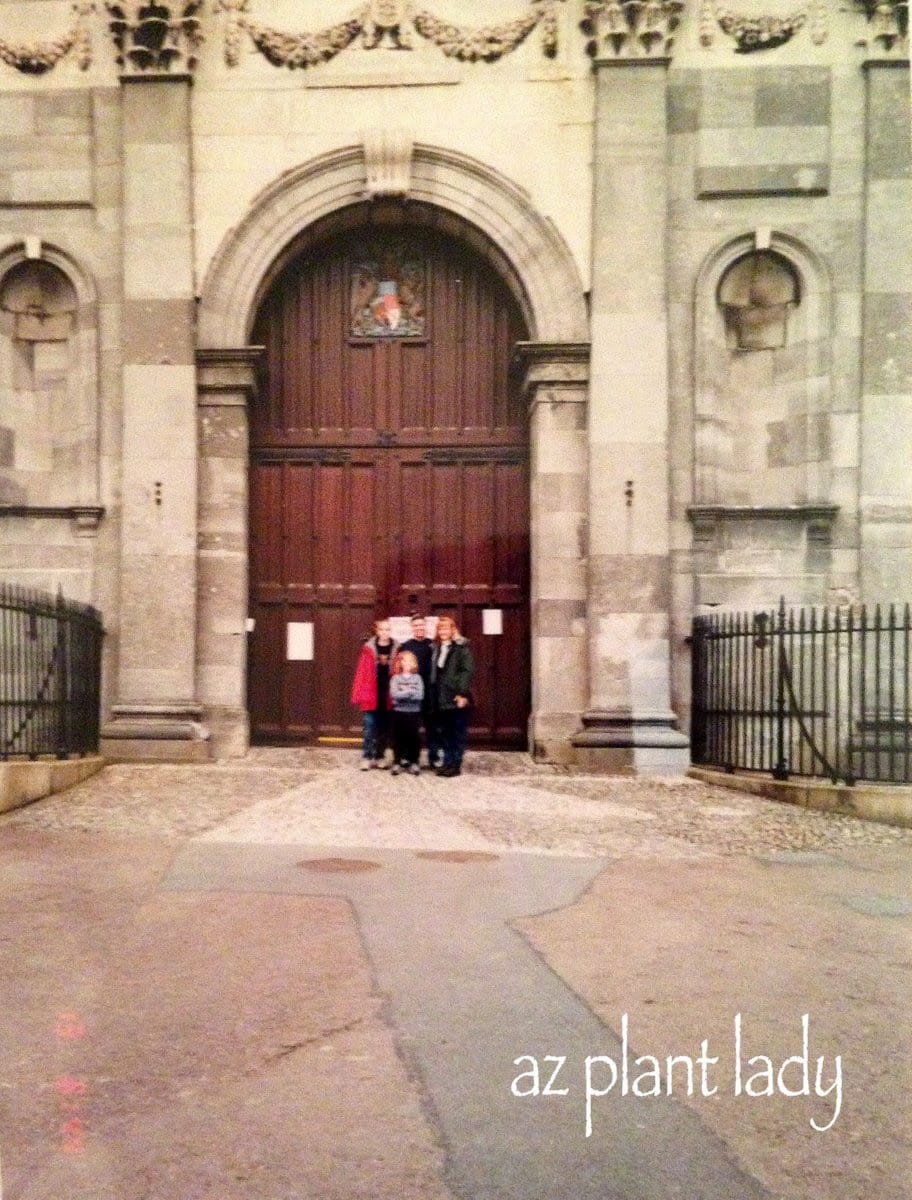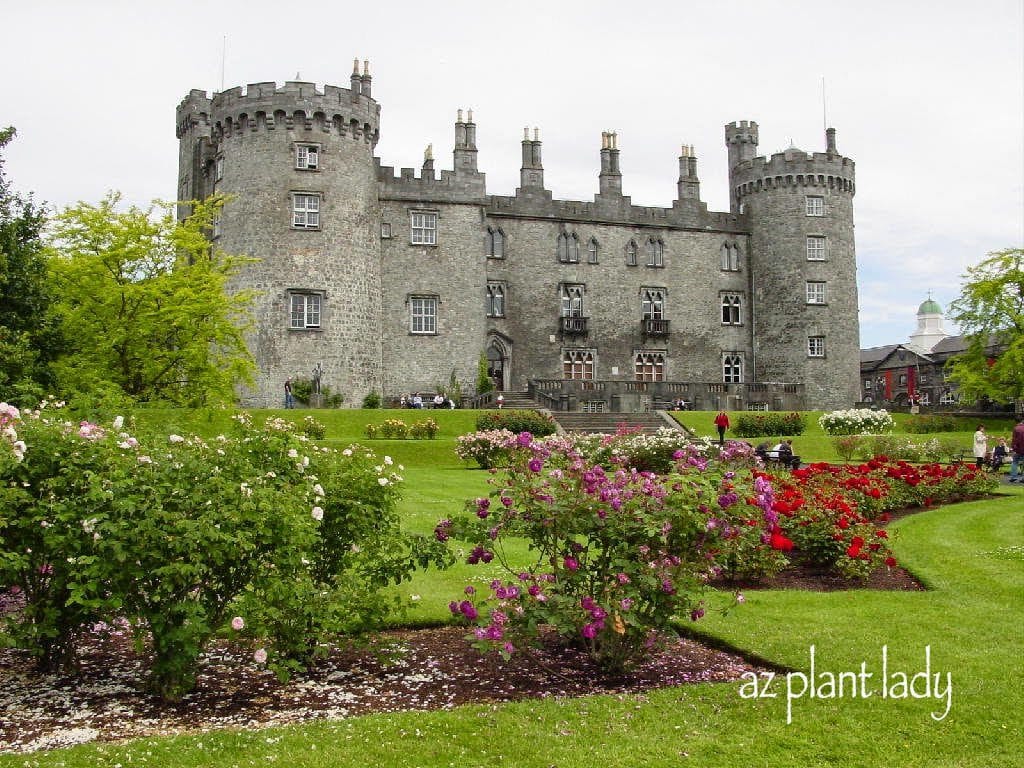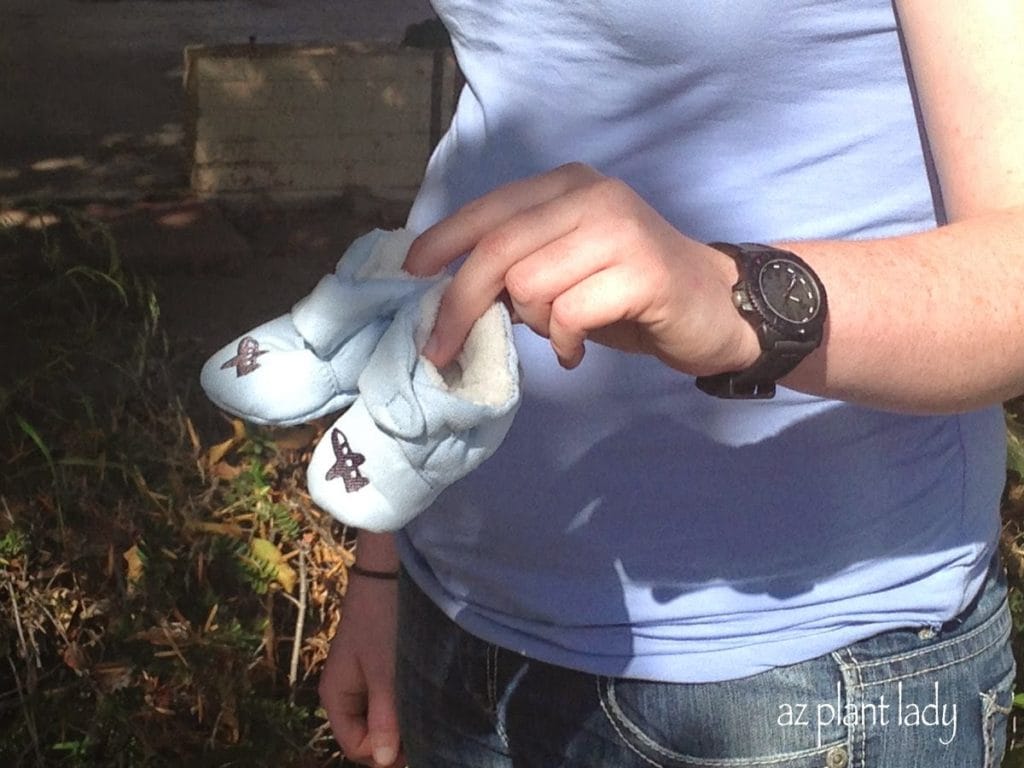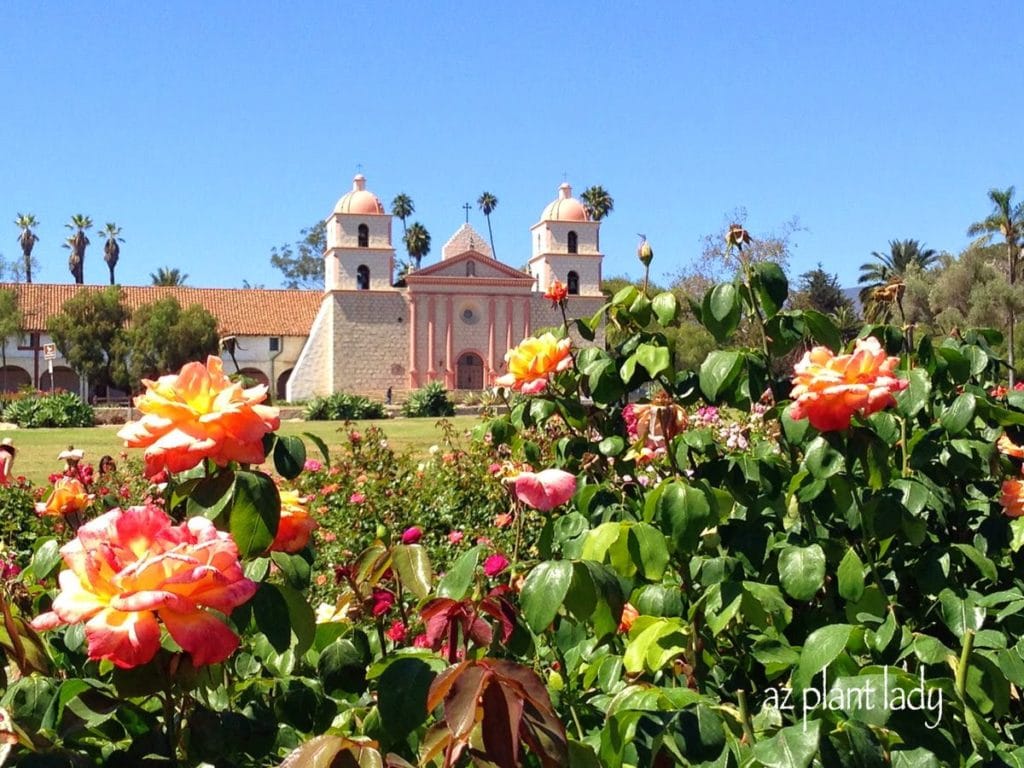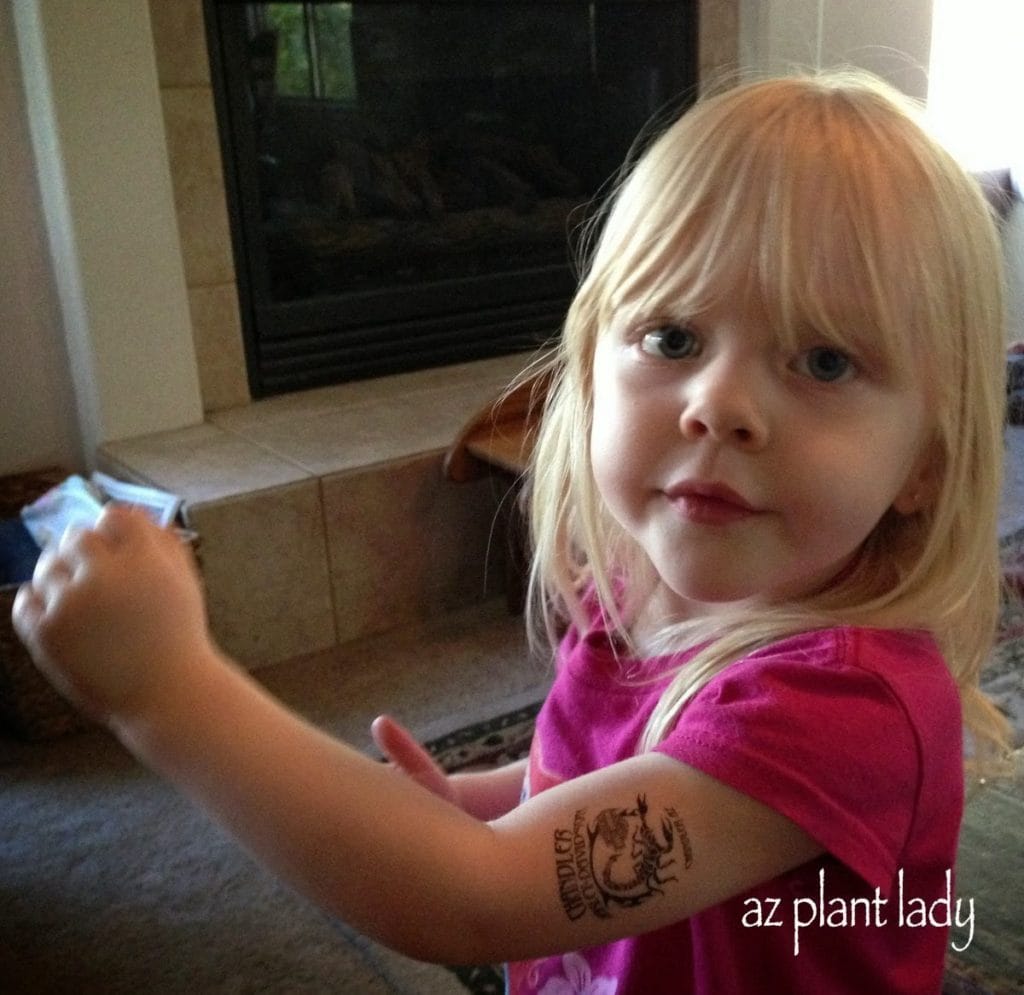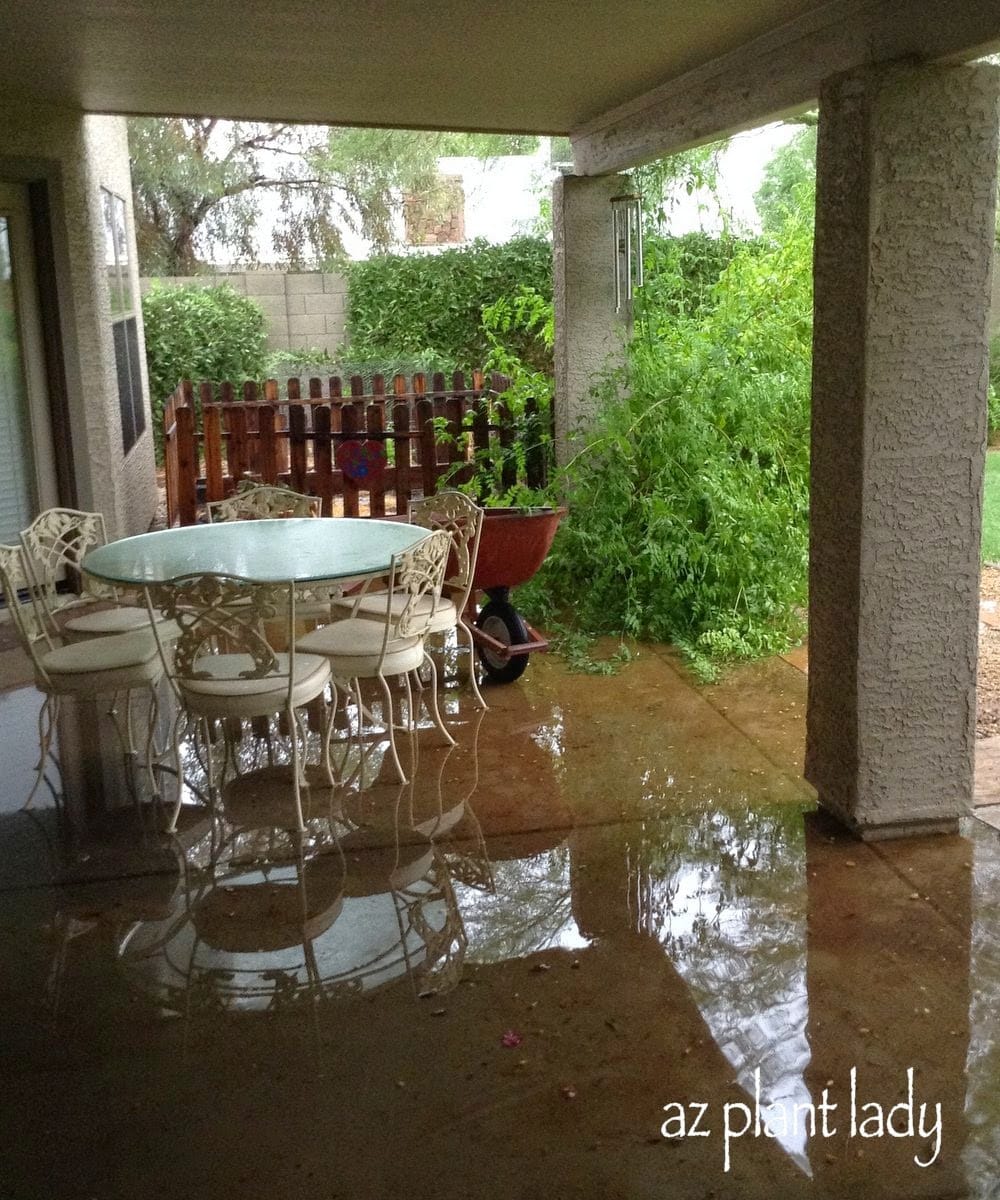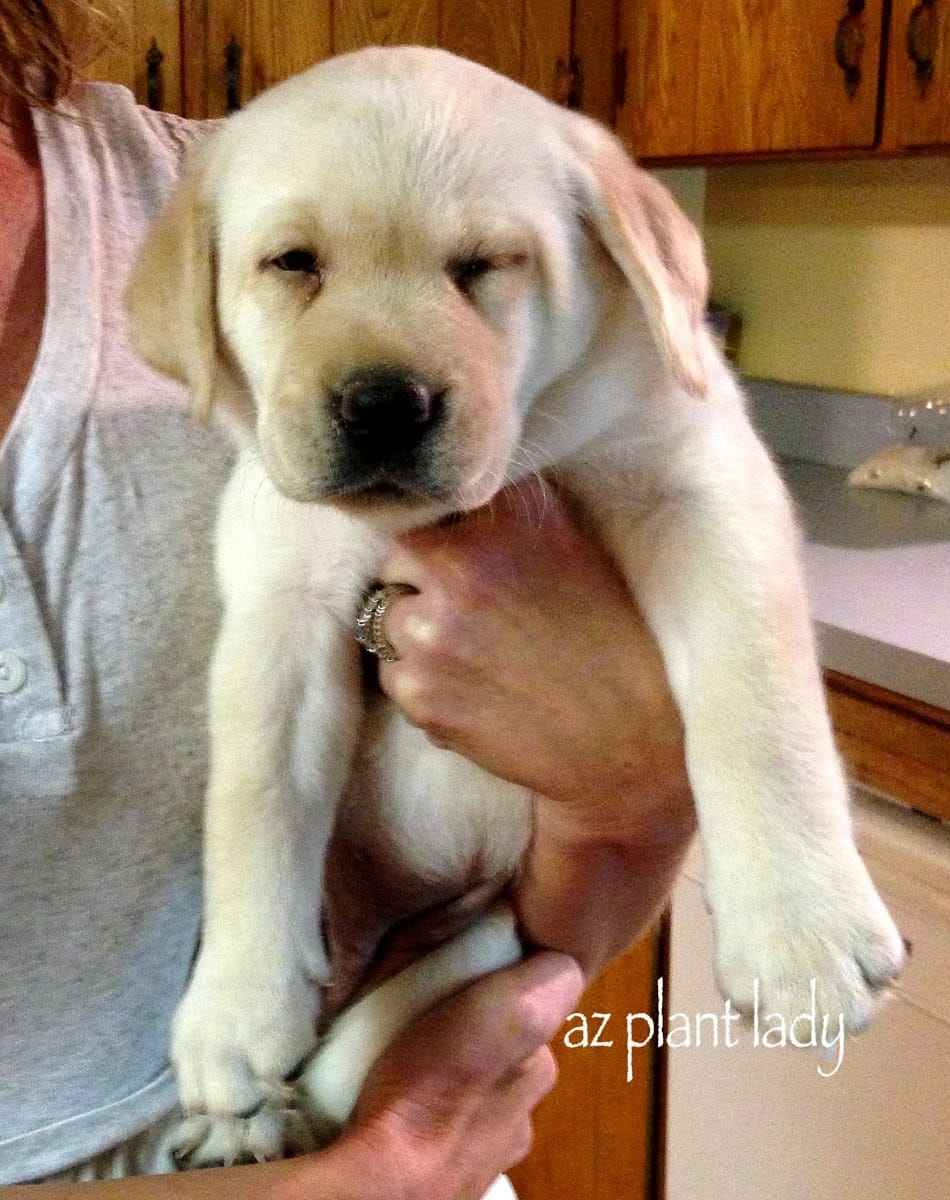For those of you who have been reading my blog for awhile, you know that I sometimes write about the goings on in my life. And so I begin the post with fair warning- if you are looking for gardening content – there will be some, but not a lot.
Do you ever look back at your calendar for the past month and wonder where the time went?
I did just that and was pleasantly surprised to see how much went on. I thought that I’d share with you a small snapshot of the past month in the life of ‘az plant lady’ (me)!
The most exciting event was visiting my daughter in California and being there for her ultrasound when she found out that she was having a little boy.
I am so excited and can’t wait for January to get here so that I can hold him in my arms!
Surf shop in Carpinteria, California
While visiting my daughter, who is in the Navy and stationed in California, we stopped by the small beach town of Carpinteria, which is just south of Santa Barbara.
We visited a couple of nurseries in Carpinteria, California where I discovered a new flowering perennial introduction and enjoyed a very unique experience at another nursery.
It was fun to stop and watch the surfers. *Did you know that surfing is a really big deal in Carpinteria, California? My high school had a surf club and I had many friends and family who were surfers. As for me, I’ve never set foot on a surfboard 😉
Santa Barbara Mission and rose garden.
We stopped off to visit the beautiful mission of Santa Barbara, which was founded in 1786. I always enjoy visiting the mission, but I must confess that my attention was diverted by the adjoining rose garden that was in full bloom.
I’ll share more about my visit to another special rose garden later this week.
My husband and I both enjoy visiting this area since we spent time there when we attended Westmont College in Santa Barbara, which is where we met.
The college has beautiful grounds and I recently shared some photos of our most recent visit there, which you can see here.
Back home, homecoming at our local high school arrived early this year. Our daughter, Ruthie had fun getting ready and had a great time!
Earlier in the month, Ruthie took part in the ice-bucket challenge for ALS on behalf of her grandpa who died from this truly horrible disease 3 years ago.
I was so proud of her.
Has your husband ever had a dream of owning a certain car or motorcycle?
Mine has wanted a Harley Davidson motorcycle for over 9 years. He has stacks of old motorcycle magazines dating back from 2006 that he has kept hidden away in a huge Rubbermaid plastic tub.
I am married to someone who is so giving and self-sacrificing and it was so nice to see the joy as his dream was finally realized.
He has been walking around with a smile on his face for weeks now and he looks forward to driving to and from work on his new bike.
Surprisingly, my granddaughter, Lily, has been quite taken with her papa’s new motorcycle and asks to see “the Harley Davidson” when she visits.
It is really kind of funny since her parents aren’t into motorcycles at all. But, she adores her papa and his new bike.
While at our local Harley Davidson dealer, my husband saw kid tattoos and picked up one for her that had a scorpion on it.
Lily likes to wear little tattoos of Minnie Mouse or other cartoon characters, but I was shocked when she wanted to wear the one her papa bought her with a scorpion on it.
If my granddaughter turns out to be a ‘biker chick’ when she gets older – it will be her papa’s fault 😉
Two weeks ago, we received record-breaking 5 1/2 of rainfall within a few hours time!!!
My husband had to delay going to work in order to sweep water off of the patio to keep our house from flooding. When he did finally get on the road to get to work, it took 30 minutes to drive 4 miles!
The garden loved the rain and now all the weeds are beginning to come up, so I’ll mix up a batch of my homemade weed killer.
So what will the coming month bring?
Right now, I’m busy designing landscape for four different areas on a golf course, where they are removing large areas of turf, in favor of a drought tolerant landscape.
My dining room table has been taken over by large sheets of vellum (what I draw my designs on), drafting supplies and the like.
I tend to get involved in creating designs this way and can easily spend an entire day in my own little world.
This month also brings another first for us. My husband and I are both alumni of Arizona State University and have season tickets this year.
We are so excited and hopefully, our team will do well this year.
Next week, we will be adding a new member to our family.
Meet Polly!
We recently said “goodbye” to our 15 year-old golden retriever and decided to welcome a new dog into our lives.
Although Polly is not ready to come live with us yet, we were able to visit her and her litter mates.
It will be hard to wait a whole week to hold her again. In the meantime, I’ll stock on doggy toys, puppy food, dig out the baby gates again and be sure to have a lot of pet/floor cleaner on hand 😉
********************************
Well, that is a snapshot of the past month and some of what will be happening soon.
Thank you for taking a little time out of your day and allowing me to share a little of my life.
I appreciate it so much!
